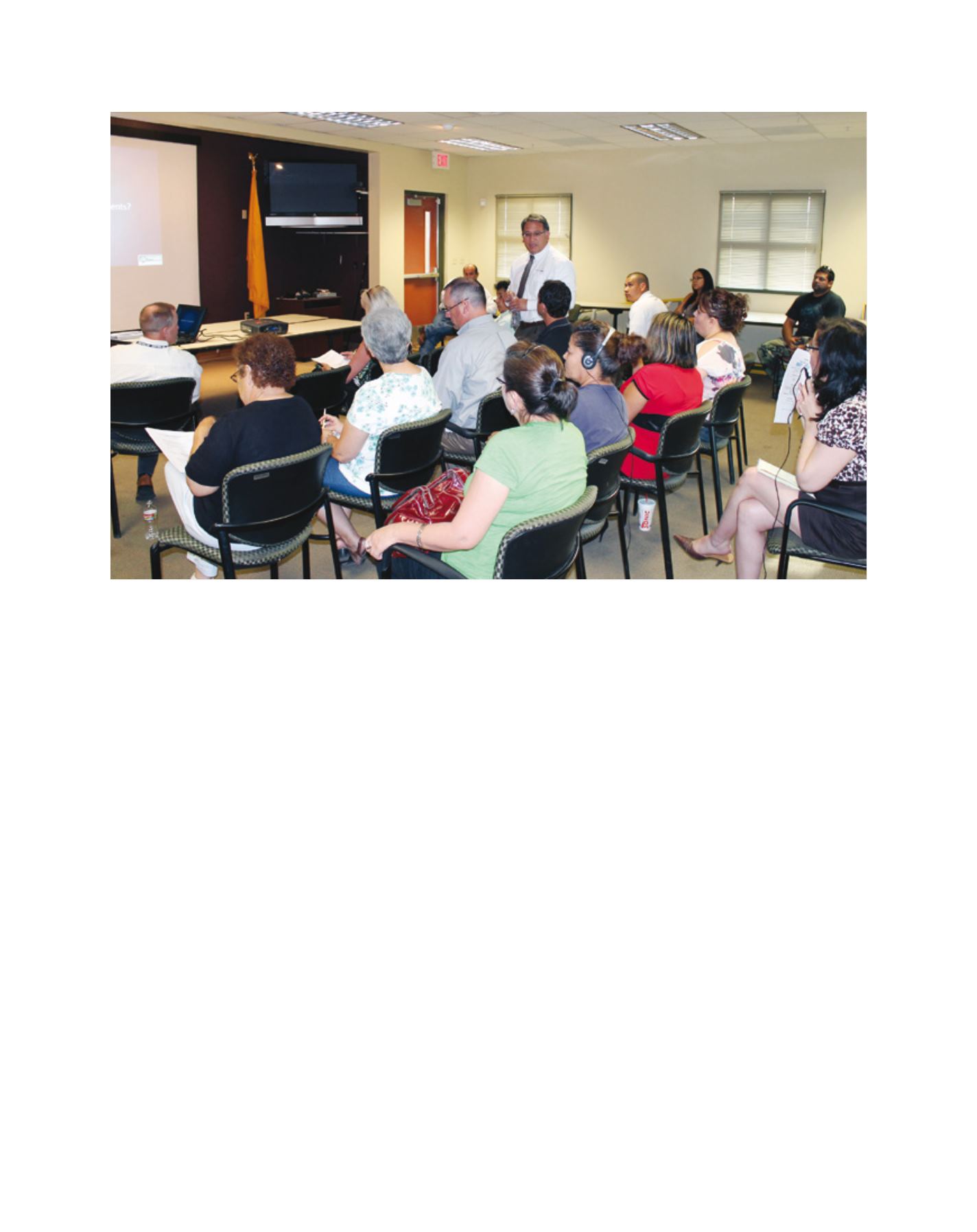

[
] 184
L
egal
F
ramework
at
the
N
ational
/I
nternational
L
evel
vation infrastructure until satisfactory agreements for both countries
were reached. Confrontation was avoided and the problem moved
from the conflict zone into the area of cooperation. Currently, this
institutional arrangement is being tested again by the most severe
drought in the past 70 years. Now, the drought affects the entire
border region, endangering the almost unique sources of water for
the inhabitants of the border region.
One of the greatest achievements of this cooperation scheme
has been the border programme of water and sanitation infrastruc-
ture, led by the EPA and its counterpart in Mexico, the National
Water Commission. The purpose of the programme is to improve
the coverage and quality of water services, and therefore health, in
the border area. To this end, the EPA established the Border Water
Infrastructure Program,
4
which in turn funds the Environmental
Infrastructure Fund (BEIF) and the Project Development Assistance
Program that are managed by NADBANK and BECC respectively to
support studies, designs and construction. In a few years, this border
infrastructure programme has obtained remarkable results in indica-
tors such as coverage of water and sanitation services. Through this
programme, the US invested in water and sanitation infrastructure
at the border, not only within its country but also within Mexican
territory. Mexico, for the projects selected for the BEIF programme,
must match the funds invested by the US using federal, state or
municipal funding. To access these investments, communities in
the border region of both countries must be approved through a
project certification process that is completed through BECC, a
unique mechanism to obtain the BIEF funds. Once approved, funds
are deposited with NADBANK as well as the Mexican matching
counterpart. This certification means that the approved projects are
sustainable, technically and financially feasible, with
operation and maintenance plans, and are understood
and supported by the communities.
This bilateral cooperation scheme is unique in the
world, establishing an organization which directly identi-
fies the needs of the communities, supports their proposals
to meet certification criteria – a body of technical and
financial requirements – with a long-term planning
perspective and with social validation. At the same time,
both governments devote resources to this border region,
supporting and funding these projects, mainly channelled
by NADBANK. This process also includes the coordina-
tion and participation of various levels of the federal, state
and municipal governments of both countries along with
members of the public and private sectors.
In Mexico, a distinctive component of this scheme has
been a successful public participation process indepen-
dently conducted by BECC. The process serves not only
the technical components of projects, but also meets
the specific needs of the communities and addresses
their points of view and concerns. This approach has
made a huge difference in this type of infrastructure
projects in Mexico. Virtually no case of strong opposi-
tion during construction of certified projects has been
registered, because projects were agreed to in advance
by the communities. Instead, the process has made
possible the obtaining of public support on controver-
sial issues such as the increase of service fees, which has
happened in many border cities to ensure sustainable
A successful public participation process in Mexico helps projects to meet the specific needs of communities
Image: BECC


















